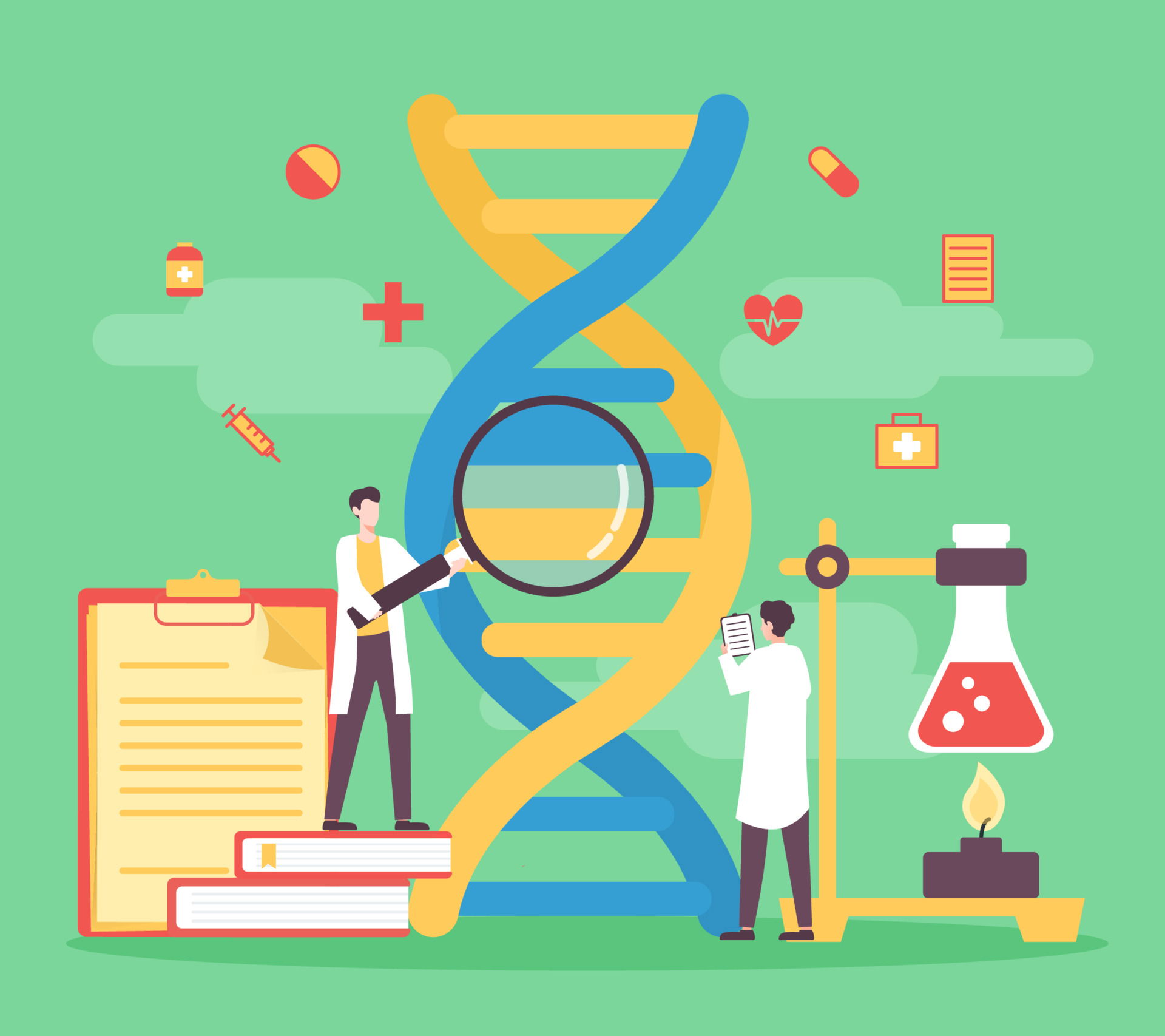Bio-Engineering To Save The Planet From Climate Change

By Michael Jumba
Climate change is a critical global challenge, and it is becoming increasingly urgent to find new and innovative ways to reduce greenhouse gas emissions and mitigate its impact. One of the most promising solutions is bio-engineering, which involves using living organisms to capture and store carbon dioxide. Living Carbon is a nonprofit organization that is leading the way in bio-engineering solutions for climate change, and their carbon projects are an excellent case study for understanding how bio-engineering can help save the planet.
One of Living Carbon's flagship carbon projects is focused on using algae to capture and store carbon dioxide. Algae are microscopic organisms that are abundant in nature and can be grown in a variety of environments. Living Carbon has developed a process for growing algae in large-scale bioreactors and using them to capture carbon dioxide from the air. The captured carbon is then stored in the algae, which can be harvested and converted into various products such as biofuels, animal feed, and fertilizers. By using algae to capture and store carbon, Living Carbon's project has the potential to reduce greenhouse gas emissions and create valuable products at the same time.
Another carbon project developed by Living Carbon is focused on using bacteria to capture and store carbon dioxide. The project involves engineering bacteria to produce an enzyme that can convert carbon dioxide into a more stable form. The bacteria are then used to capture carbon dioxide from industrial emissions, such as those produced by power plants and factories. Once captured, the carbon dioxide is converted into a more stable form and stored, preventing it from entering the atmosphere. This process not only reduces greenhouse gas emissions but also creates valuable resources that can be used for various applications such as energy production and materials manufacturing.
The benefits of Living Carbon's carbon projects are significant. By using bio-engineering to capture and store carbon, the projects have the potential to reduce greenhouse gas emissions and slow the pace of climate change. The use of algae and bacteria also offers many other benefits, such as creating new sources of renewable energy and reducing waste from industrial processes. The products created by these projects can also have significant economic benefits, creating new industries and employment opportunities.
However, there are also challenges associated with bio-engineering solutions for climate change. One of the biggest concerns is ensuring that the organisms created through bio-engineering do not have unintended consequences. For example, algae that are not contained could potentially become an invasive species and disrupt ecosystems. To prevent this, Living Carbon and other bio-engineering organizations are carefully monitoring their organisms and developing ways to contain them.
Another challenge is ensuring that bio-engineering solutions are accessible and affordable for everyone. Living Carbon is committed to addressing this challenge by working with partners around the world to develop scalable and cost-effective solutions that can benefit everyone, not just those who can afford them.
In conclusion, Living Carbon's carbon projects are an excellent case study for understanding how bio-engineering can help save the planet from climate change. By using algae and bacteria to capture and store carbon dioxide, Living Carbon's projects have the potential to reduce greenhouse gas emissions and create valuable resources. However, as with any new technology, there are also challenges and concerns associated with bio-engineering solutions. To address these challenges, Living Carbon is working to develop scalable, safe, and affordable solutions that can benefit everyone. The innovative work of Living Carbon and other bio-engineering organizations offers hope for a more sustainable future.


